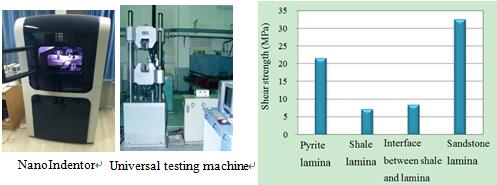Rock Mass Structural Mechanics
|
Research Interests
|
·
|
Major geological engineering site selection assessment and structure regulation
|
| |
The relationship between the suitability of geological condition and the adaptability of engineering projects is investigated through field survey, scientific evaluation and reflection on geological disaster encountered during construction for 12 major projects in 10 years. On the basis of scientific system theory and rock mass structure controlling theory and combined with different requirements for large-scale scientific facilities, our research group uses multi-parameter correlation analysis method, geological model AHP method and the method for comprehensive determination of rock mass mechanical parameters to solve the key issues for major engineering project site selection. Main achievements: (1) The method for engineering geological assessment and dynamic control of engineering design and construction was proposed to present an effective way for engineering optimization, which is aimed at the suitability of geological condition and engineering design, the appropriateness of excavation and the instantaneity of supporting measure. (2) The concept of ‘stratiform-like cataclastic rock mass’ was introduced and our research provides a technological basis for the selection of engineering sites and the comparison between project schemes combined with multi-parameter impact analysis and multi-method surveys. (3) The proposed theory and technique was applied to Dayawan neutrino experimental tunnel project, the strategic petroleum reserve storage in Northeast China and China spallation neutron source site, providing key technology support for these projects (Fig. 2). 
Fig. 2. Example of engineering site selection |
|
|
·
|
Structural mechanic behavior of shale gas reservoir
|
| |
Shale gas reservoir has unconventional properties such as dense matrix, the development of microcracks and beddings, and brittleness. Compared with sandstone and carbonate rocks, the mechanical behavior of shale gas reservoir has particularity. Our research group carries out a series of studies on the mechanical property of shale lamina and the anisotropy of micromechanical behaviors. Main achievements: (1) Direct shear test and nanoindentation test are conducted to determine the strength of terrestrial shale lamina. The results suggest that the strength of laminas of different rocks follow the order of  sandstone> pyrite > shale, as shown in Fig. 3. sandstone> pyrite > shale, as shown in Fig. 3. (2) The anisotropy of micromechanical behaviors is obtained through mechanical tests in different directions (Fig. 4). Fig. 3. Experimental equipment and test results for shale lamina 
Fig. 4. Experimental equipment and the anisotropy of micromechanical behaviors of shale |
|
|
·
|
Rock mass structure evaluation and stability analysis
|
| |
Study on rock mechanics, rock weathering mechanism, weathering prevention technology and disaster prevention for ancient engineering is conducted, leading to the development of a set of theoretical system and technique including research, protection and exploration for ancient engineering protection. Our research promotes the protection of ancient engineering and the accord development of local tourist economy. Main achievements: (1) Inversion for long-term mechanical parameters of rock mass around ancient underground cavities (Fig. 5). (2) Mechanism of long-term stability of ancient engineering (Fig. 6). (3) Weathering rate for the surrounding rock mass of ancient underground cavities. The results show that the average weathering rate of rock mass is 0.28-0.5mm/a from 2004 to 2012, and the average weathering rate from 2004 to 2008 is larger than that from 2008 to 2012 (Fig. 7). 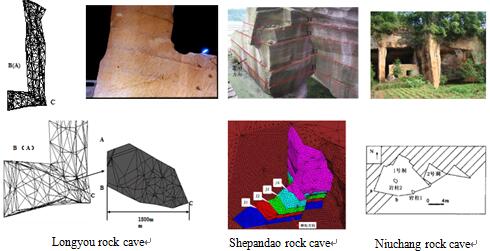
Fig. 5. Inversion for long-term mechanical parameters of rock caves 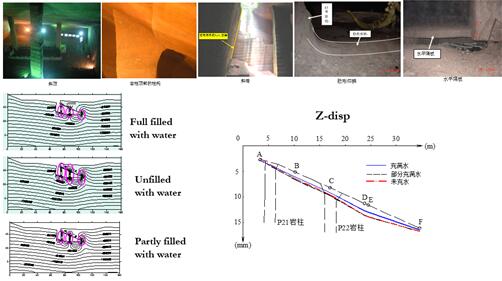
Fig. 6. Stability analysis for ancient engineering 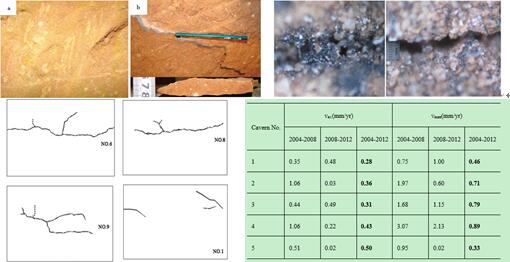
Fig. 7. Weathering rate of rock mass in rock caves |
|
|
·
|
Rockfall hazard assessment
|
| |
A regional-scale rockfall susceptibility assessment model is built using LIDAR and GIS technology. Based on back analysis and uncertainty theories, our research proposes a method for calculating the mean and variable coefficient of dynamic parameters of rockfall. Main achievements: (1) The research presents a new method for rockfall susceptibility assessment in regional scale (Fig. 8). Considering that each influencing factor plays a different role for rockfall and the difference effect on rockfall caused by the value of each factor, quantitative indexes including weighting and class susceptibility index (CSI) are proposed. (2) Kinetic characteristics of rockfall and hazard zoning using two- and three-dimensional simulation software based on uncertainty theory (Fig. 9). 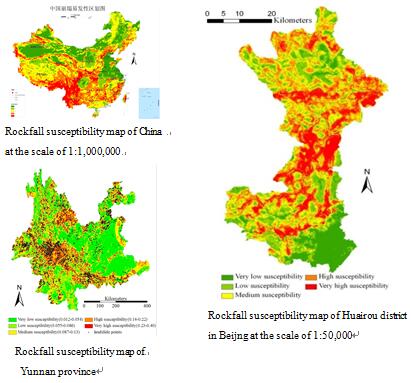
Fig. 8. Rockfall susceptibility assessment in regional scale 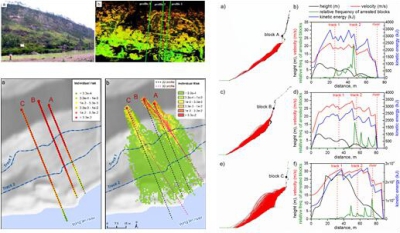
Fig. 9. Kinetic characteristics of rockfall |
|
|
·
|
Engineering seismic exploration using electric and electromagnetic methods
|
| |
Active structures, fractures and hydrogeological features can be measured by physical parameters of rock mass such as the specific resistance and the vertical and horizontal wave velocity. Geophysical parameters are influenced by several factors and need to be inverted before applying in rock structure analysis. Simulated-annealing algorithm, genetic algorithm and nearest neighbor algorithm are used to achieve optimal inversion results and reduce the multiplicity of solution. Main achievements: (1) The specific resistance and polarizability for rock mass are obtained using high-density electrical method, controlled source electromagnetics method and magnetotelluric method to provide important parameters for rock structure analysis and hydrogeological condition assessment (Fig. 10).
(2) Multi-wave seismic velocity profile for rock structure is plotted using surface wave, refraction tomographic method and seismic reflection. The dynamic-elastic mechanical parameters are analyzed according to elasticity theory, which offers in situ mechanical parameters for rock mass stability zoning and strength analysis (Fig. 11). 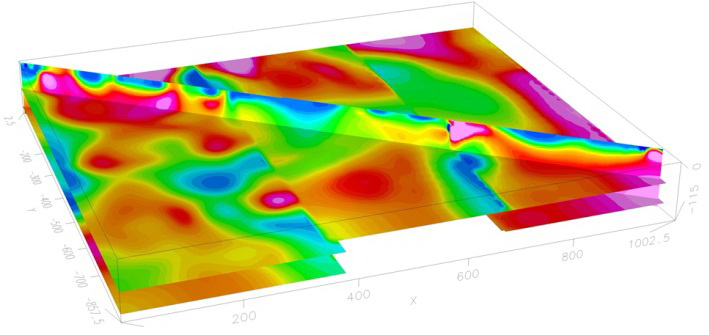 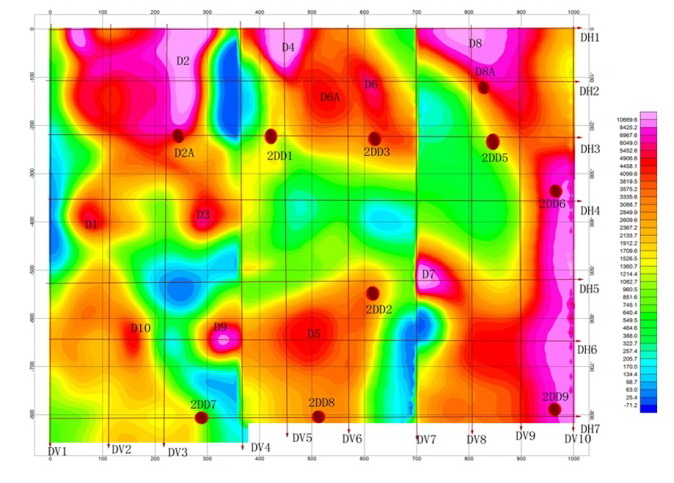
Fig. 10. Detection of the gob area using the electric method  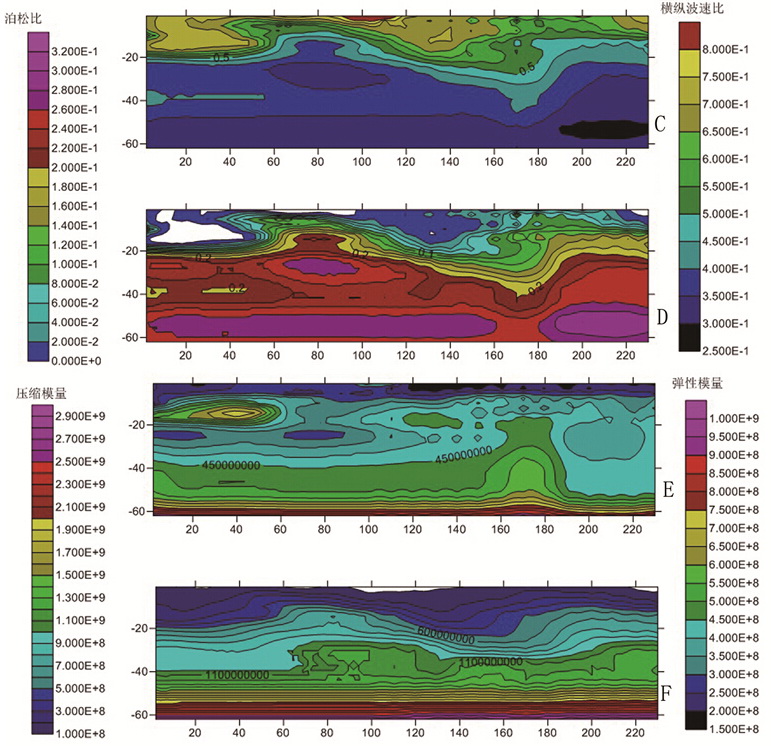
Fig. 11. Dynamic-elastic mechanical parameters of rock mass |
|
|
Head of Group

Prof. Shang YanjunDivision of Engineering Geology and Water Resources Tel:86 010 82998634
|




